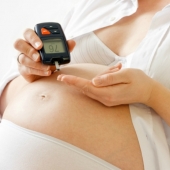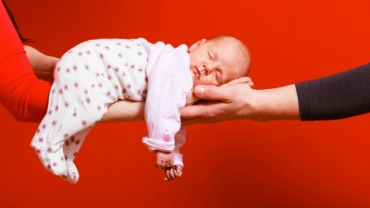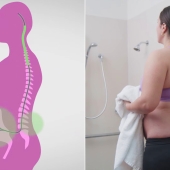Photo credits: Breanna Martinez Lynch
1 - In 1980, one in every 53 babies born in the United States was a twin. By 2009, that number had risen to one in 30, according to a new brief released by the National Center for Health Statistics. Over the three decades, the twin birth rate (number of twins per 1,000 births) rose 76%.
2 - Chances of having a twin pregnancy is increased by maternal age (30+).
3 - Fraternal twining is genetically predisposed and the result of a woman releasing more than one egg at the same time.
4 - Identical twins are the result of a random split of a single egg and cannot be genetically predisposed.
5 - Male twins will not have twins unless their wives have the ability to produce two eggs.
Photo credits: Kathryn Johnson
7 - 1 in 250 pregnancies can result in identical twins.
8 - 22 % percent of twins are left handed compared to 10% in singeltons.
9 - Fraternal twin girls have twice the chance of giving birth to twins than singletons.
10 - Vanishing twin syndrome- 15-20% percent of all twin pregnancies will miscarry one fetus.
11- Some estimates suggest 1 in 8 people started life as a twin while 1 in 70 actually are a twin.
12 - Once you have fraternal twins you are 3 to 4 times more likely to have another set!
13 - Nigeria has the highest rate of multiple births and more identical twins.
14 - China has the lowest rate for multiple births averaging 1 in 300.
15 - A study shows vegans are five times less likely to have twins than women who consume diary.
Photo credits: Jade and Her Babes
17 - Examining 3D ultrasound images, a study in Padova, Italy found fetuses start deliberately interacting at 14 weeks.
18 - 40 % of twins invent their own language.
19 - Over 50 % of twins are born before 37 weeks.
20 - The average birthweight for a twin is 5lb 5 oz.













